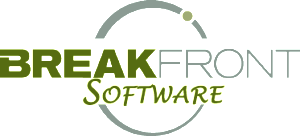
How reliant are you on paper?
When your business becomes so reliant on paper you’ll find yourself in frustrating “paper hunt” scenarios on a regular basis. Take 1st Choice Cabinetry in North Carolina for example. When owners John Wilson, Cliff Leath and Ward Russell purchased the business in 2007 they couldn’t believe how much time their staff wasted on tracking down paper forms. The owners also started noticing that pinpointing pricing errors made on orders and invoicing was an absolute nightmare because of the never ending mountain of paperwork.
Coming from big business backgrounds where efficiency could make or break a company, the three of them realized they needed a change or else they’d never be able to accurately track costs per job. 1st Choice Cabinetry took a huge step and decided to ditch paper altogether for a kitchen cabinet business software solution that took quotes are turned them into sales and purchase orders without the need to re-enter any information. Wilson was alleviated by the switch, “The software provides a fully integrated way of doing business from job quote to completion – which is what we knew we needed”.
With industry specific software as the backbone of their cabinet business workflow, 1st Choice Cabinetry didn’t just reap the simple benefit of saving time from the lack of paper. The software also gave the owners the visibility they needed to accurately compare the original anticipated job profit to the actual profit after all expenses were factored in. With this information they were able to eliminate a customer service position, add 1.5% in gross margin, and gain labor savings of approximately $180,000. Not bad results for a company willing to throw out their legal pads and get with the times.

